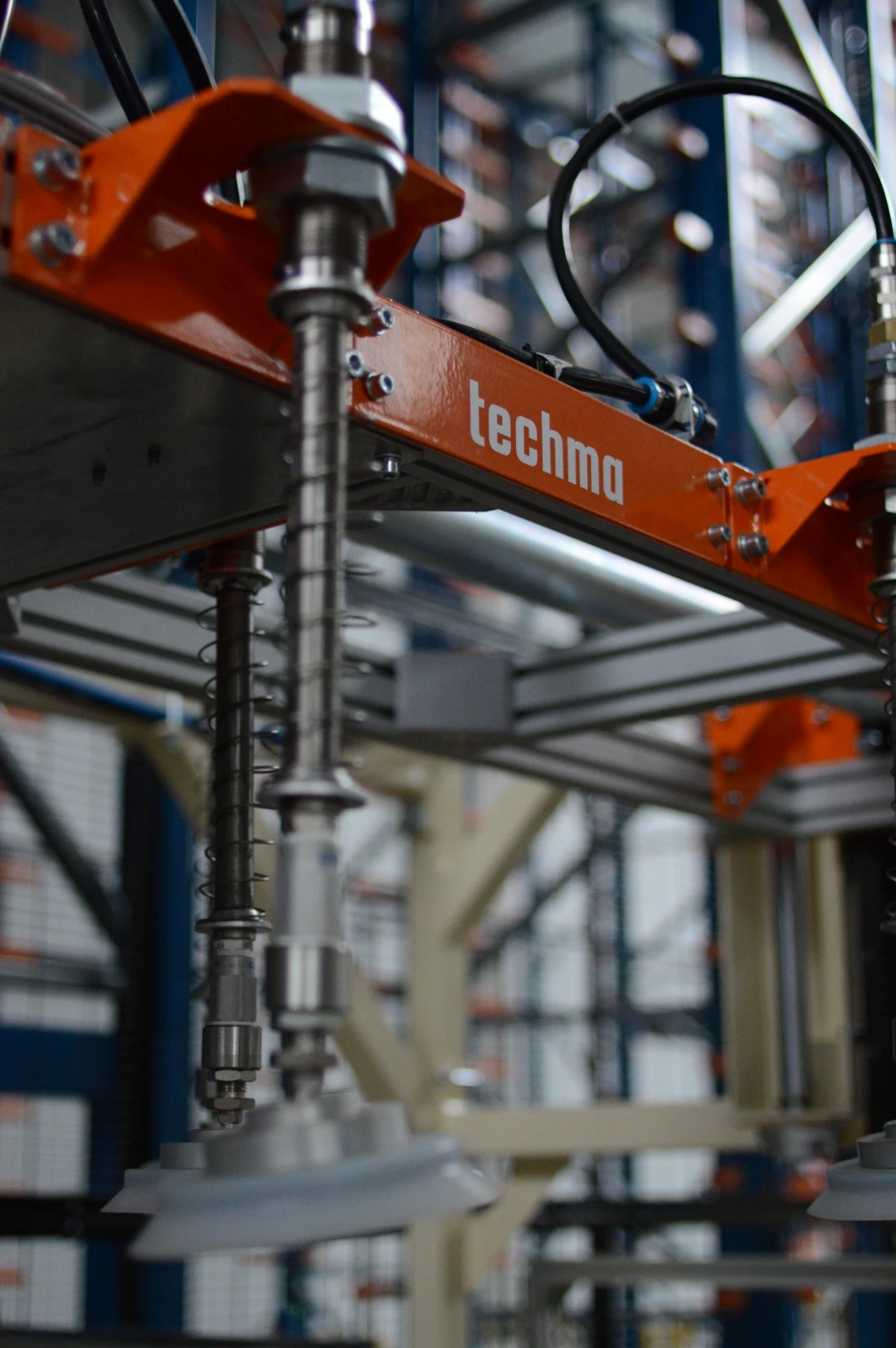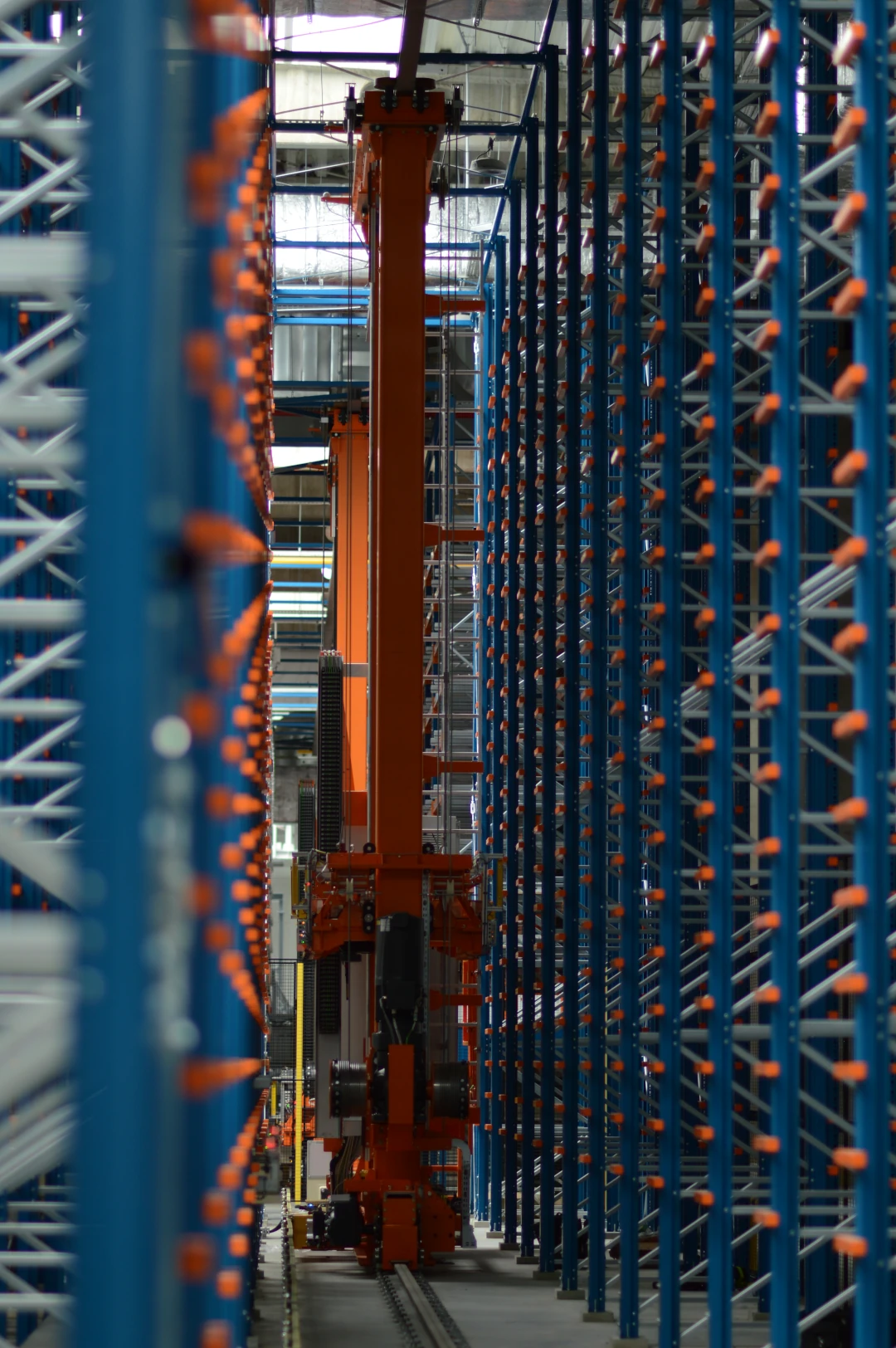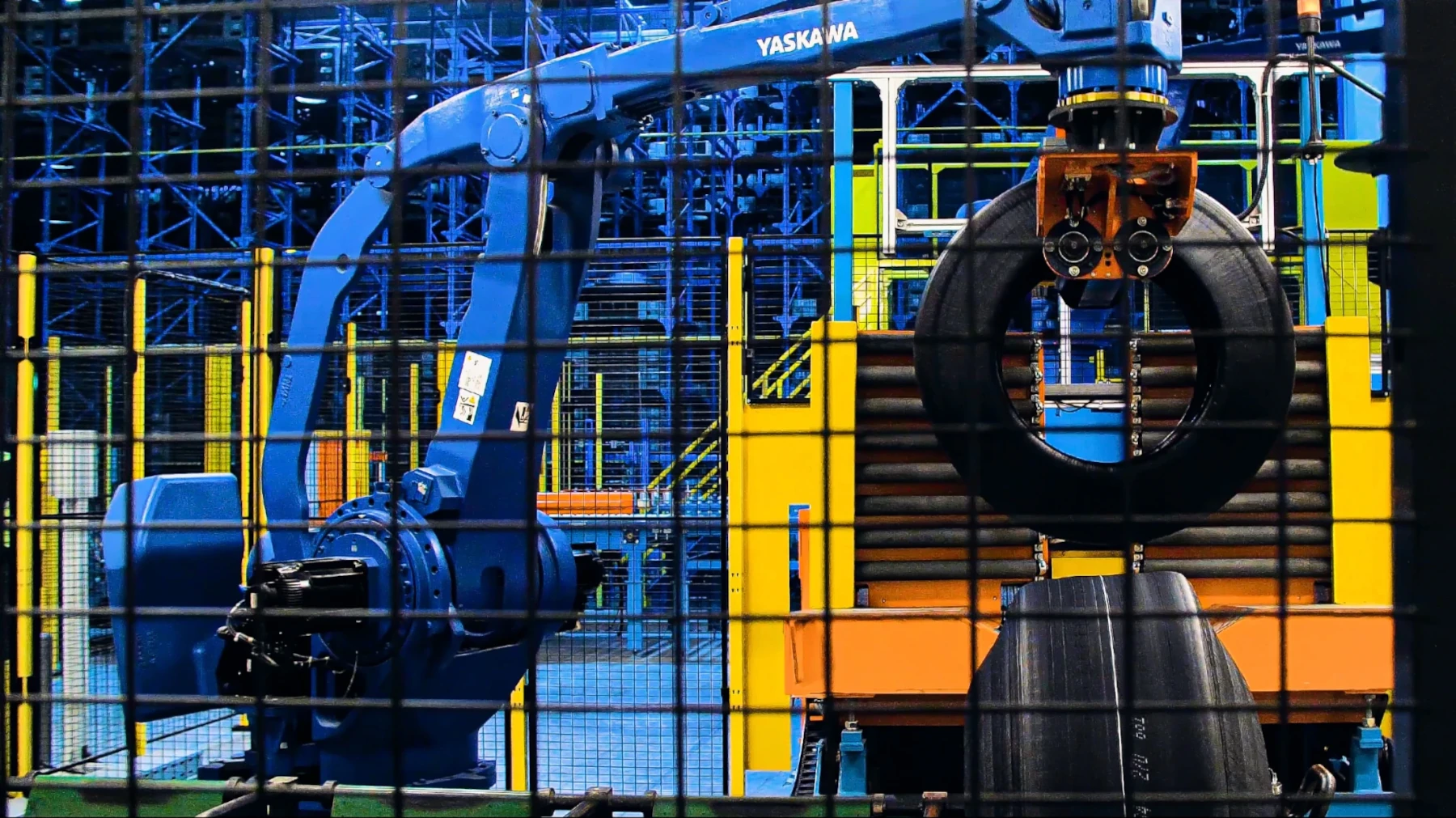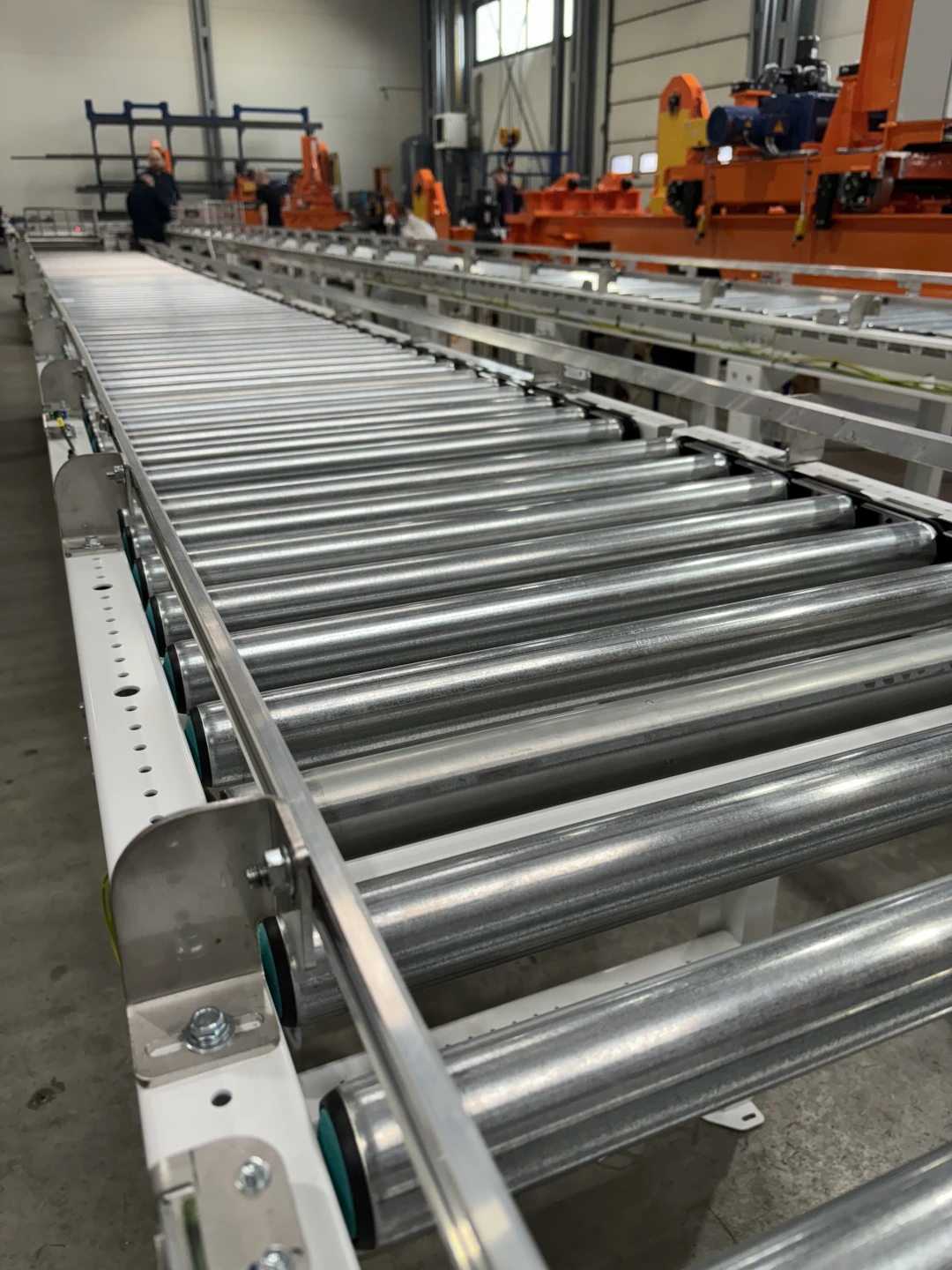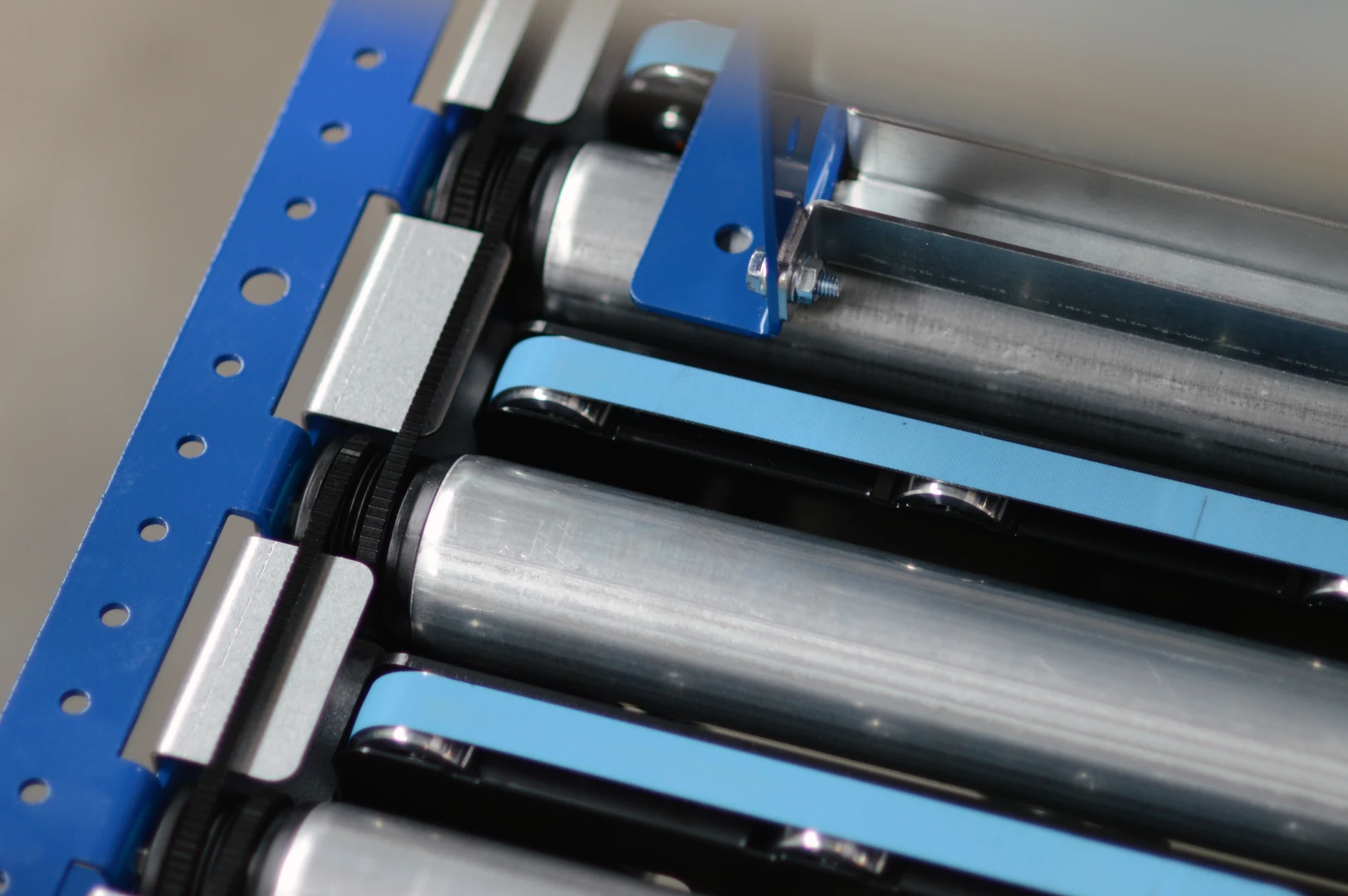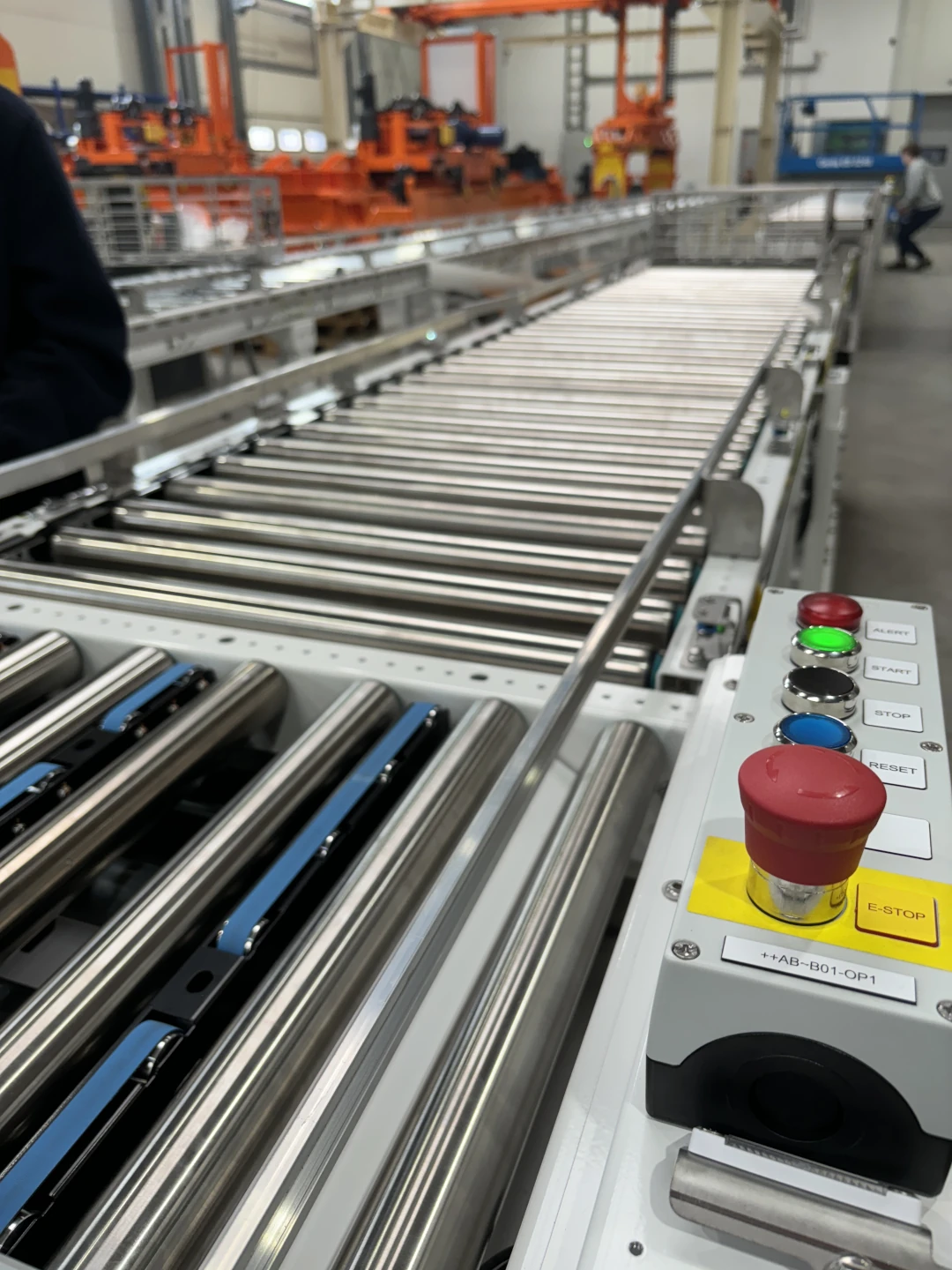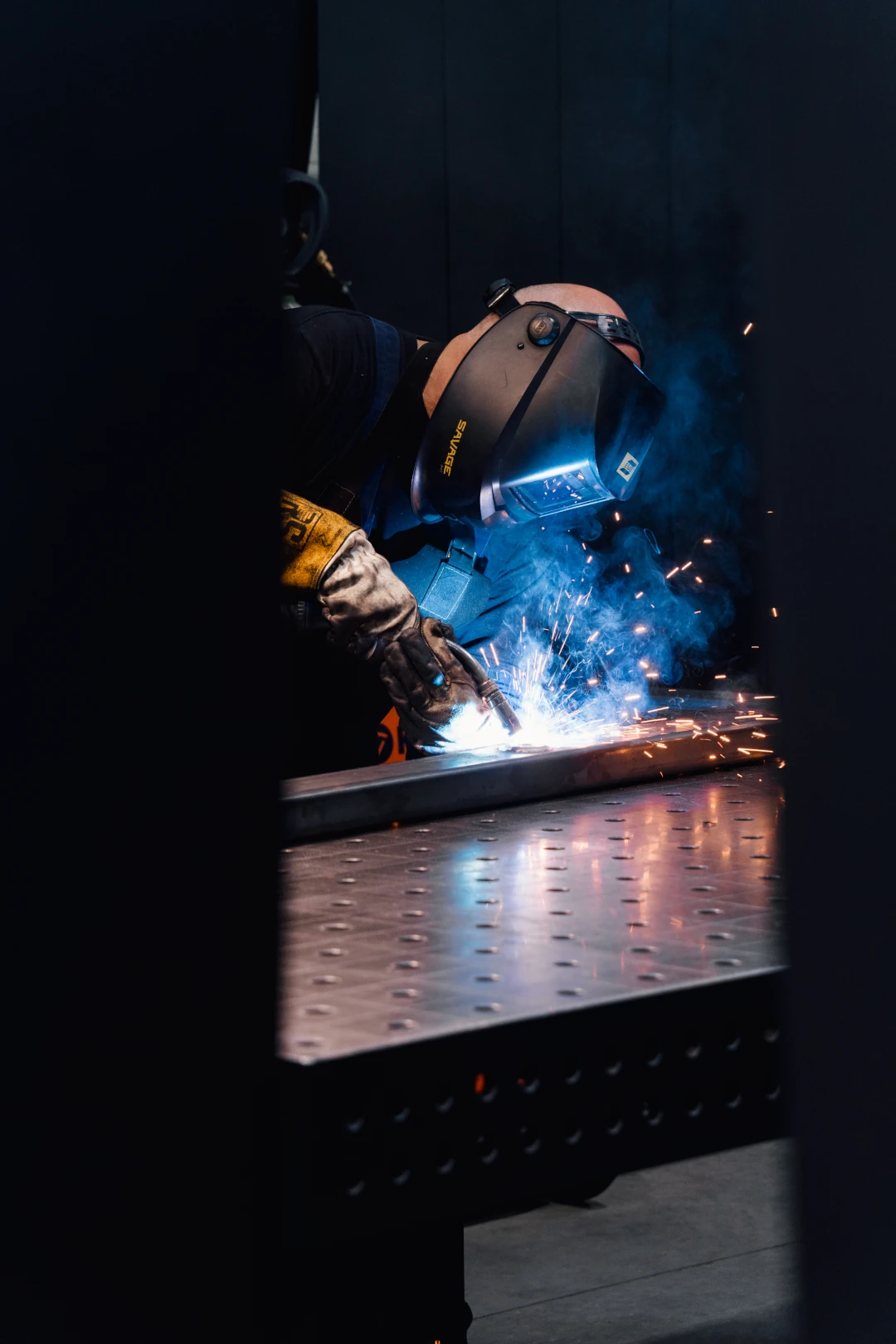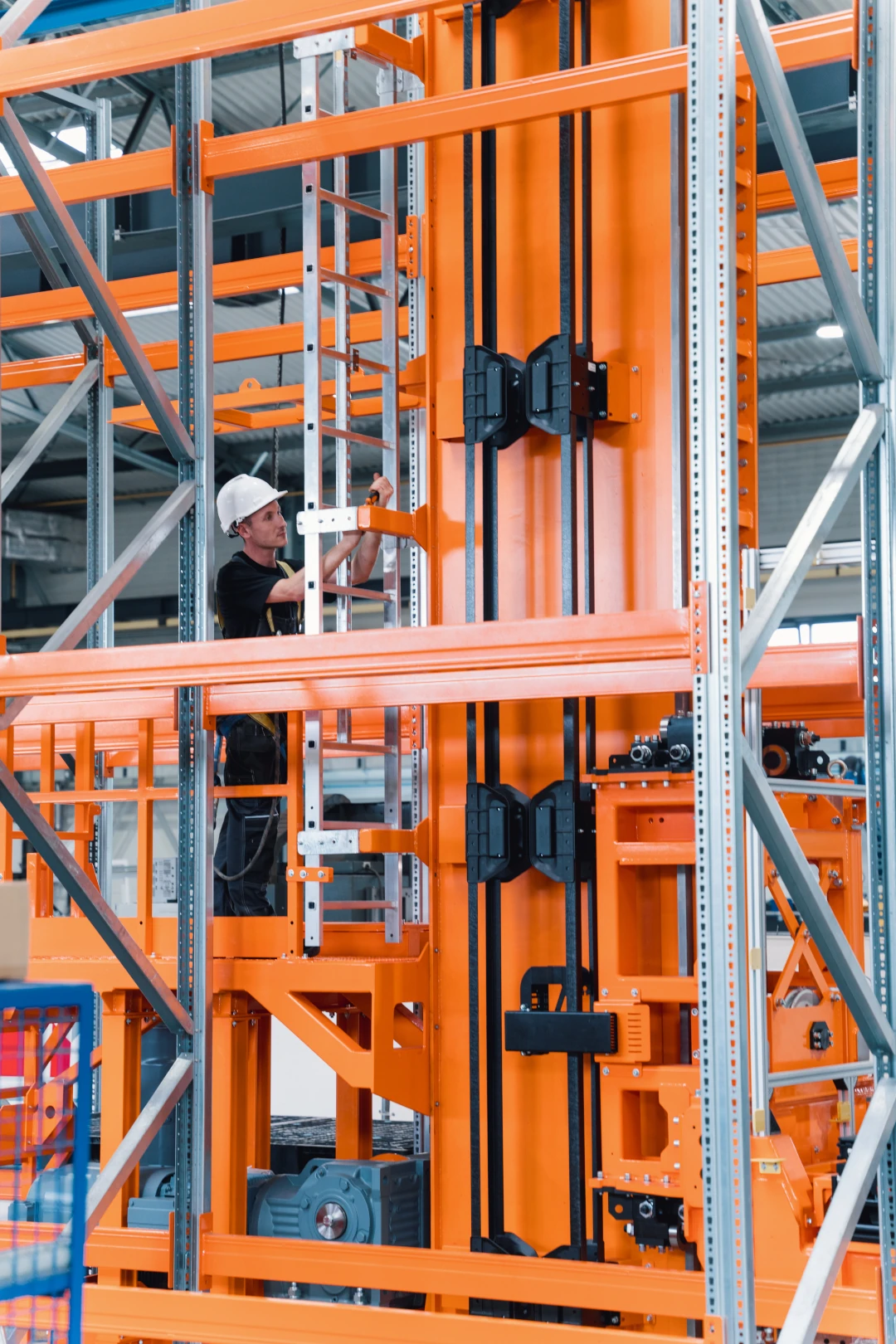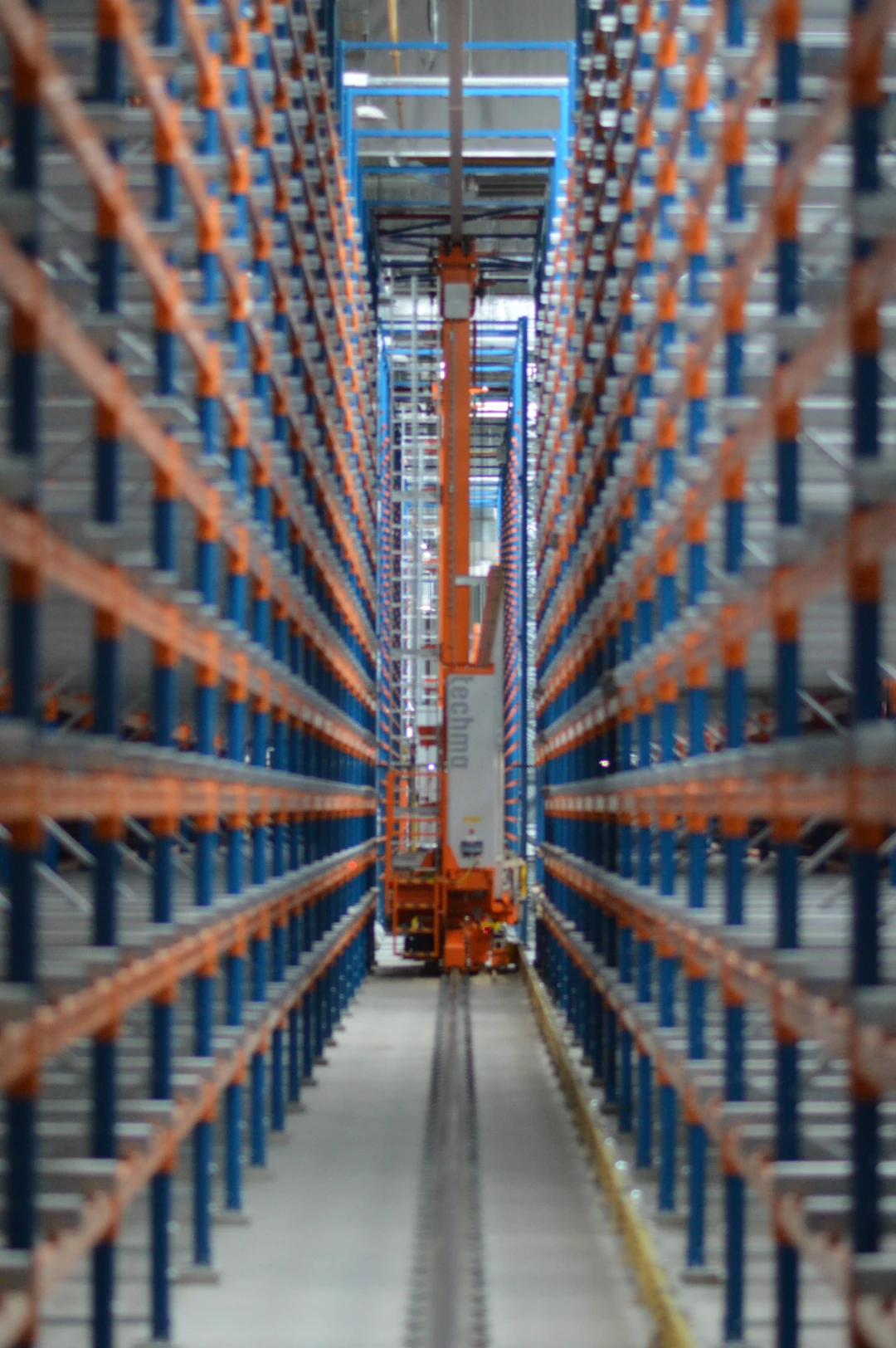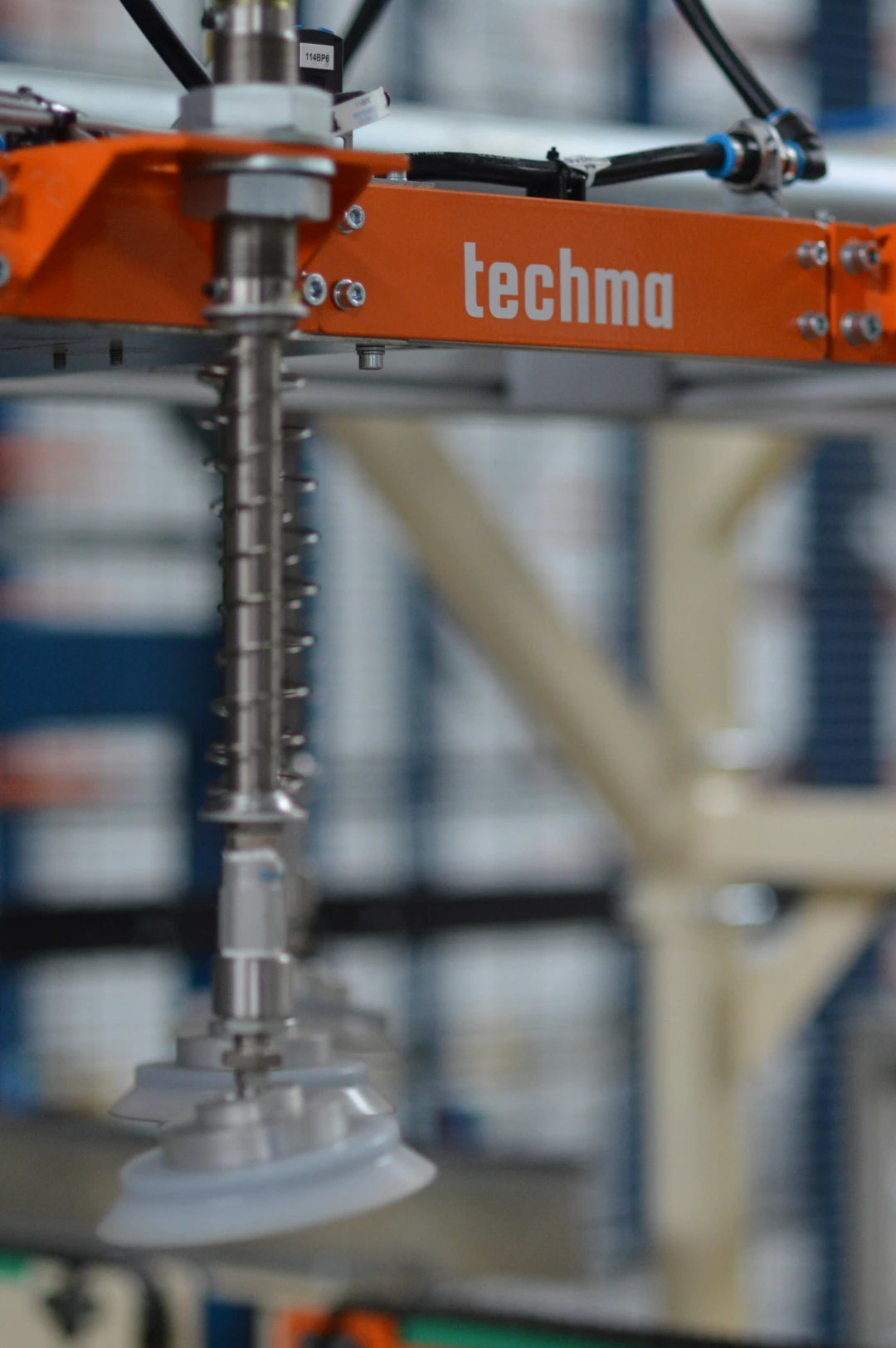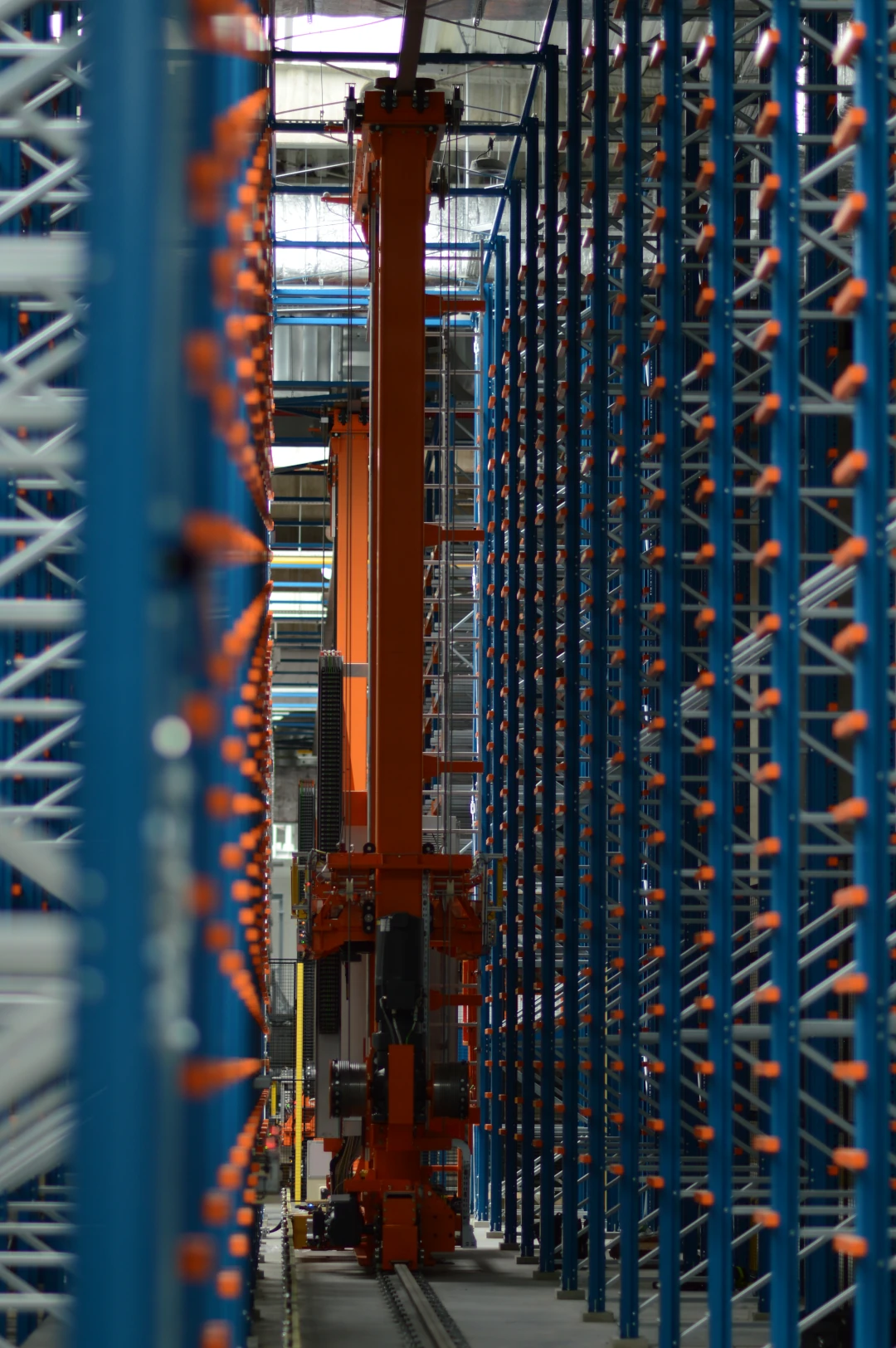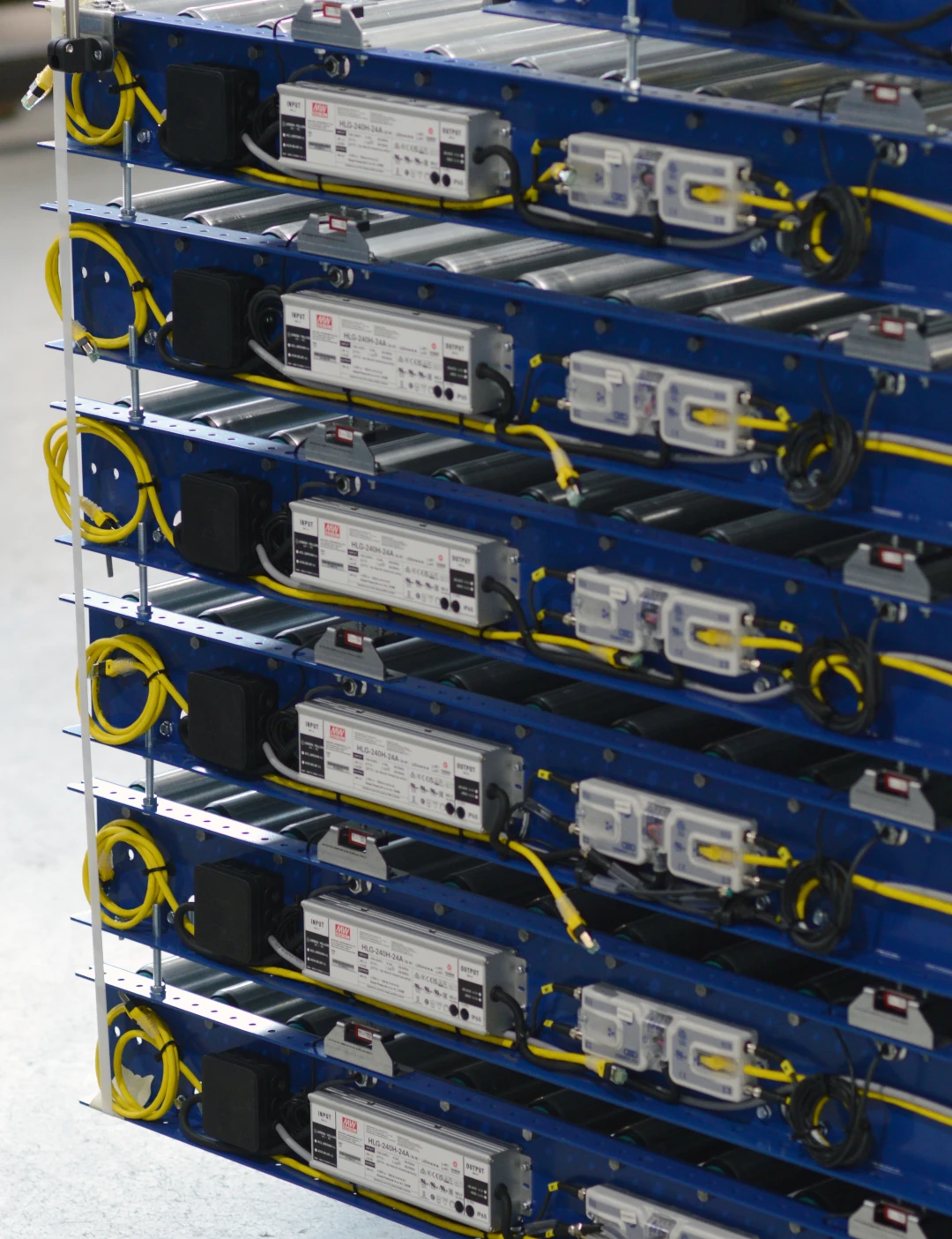Designing a warehouse from scratch – what’s essential?
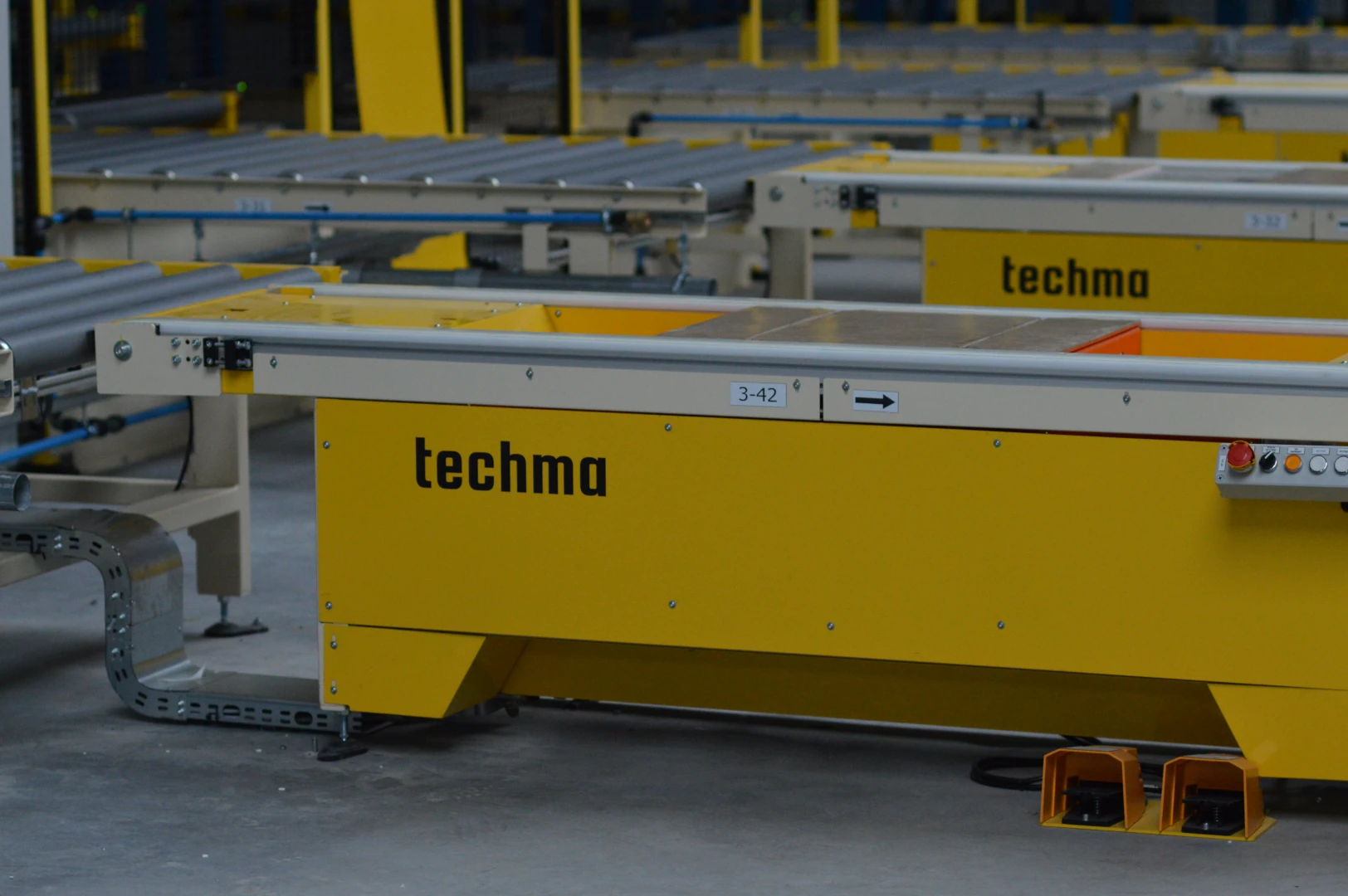
Anyone who has ever tried to design a warehouse from the ground up knows that the process isn’t just about drawing plans and constructing a building. Creating warehouse space is a highly strategic task because even small details matter from the very beginning – including the planning of optimal routes along which goods will move to ensure smooth internal transport. In this article, we explain what designing a warehouse from scratch looks like and how to create the most cost-effective space.
Where to start when designing a warehouse
The first step always involves analysis. Before you start the project, ask yourself: how should the warehouse operate? How much inventory will it handle daily? What is the sales seasonality? Which products require special handling – refrigeration, extra protection, or quick access? Only after answering these questions can you plan a specific space that supports your business effectively.
Warehouse layout – one of the most important aspects
The main zones of a warehouse include several areas that must be considered during planning:
-
Receiving area – the place where goods are received from suppliers; it should be located close to loading docks.
-
Storage area – the section for stock keeping, where appropriate racking systems and internal transport routes should be designed.
-
Picking area – the zone where products are selected and prepared for shipment.
-
Packing and shipping area – the final stage, where goods are packed, labeled, and dispatched.
Concept design – logistics starts to take shape
Once the analysis is complete and the layout is defined, you can move on to visualization. At this stage, it’s not only about the placement of walls and structures but also about designing the entire traffic system – routes for forklifts, picking zones, and even rest areas. A practical approach involves 3D modeling or flow simulations, which allow you to verify how the system behaves under maximum load.
It’s worth noting that in practice, few companies design a warehouse from scratch with full automation in mind. More often, automation must be fitted into existing buildings or facilities leased from logistics operators. Full integration with automation is usually typical of manufacturing companies that scale operations, while e-commerce businesses usually adapt existing warehouses to their needs. In such cases, 3D modeling or flow simulations help determine whether the layout will actually perform well under heavy loads.
One of the most important features of a well-designed warehouse is flexibility. It’s crucial to be able to easily change the layout, add new conveyor lines, or integrate vertical lifts for multi-level transport in the future. This way, company growth doesn’t require rebuilding the entire facility from scratch.
Technical design and implementation – turning the concept into reality
At this stage, ideas are translated into concrete parameters – such as aisle widths or rack heights. It’s also time to select material-handling systems, fire protection, and occupational safety measures.
Whether the warehouse design is successful becomes clear in practice – when specialists install conveyors, vertical lifts, racking systems, lighting, and all other essential components.
How to plan warehouse space to save room
In a warehouse – as in any complex system – every centimeter of height, width, and depth counts. A good practice is zoning, that is, separating areas for pallets, small items, returns, fast-moving goods (Zone A), and seasonal products.
Storage systems – something you should never overlook
Choosing the right storage systems is a crucial part of warehouse design. Common solutions include pallet racks, shelving systems, and flow racks – each serving a specific purpose. Well-thought-out storage systems reduce picking time and improve workplace ergonomics.
It’s also worth considering integration with automated roller conveyors, which streamline the handling of loading and unloading areas.
For example, in a mid-sized e-commerce warehouse, the owner implemented a combination of pallet racks for heavier orders and shelving racks for small, fast-rotating items. To increase efficiency in the loading and picking zones, specialists installed automatic roller conveyors to transport cartons between racks and packing stations. The picking time was reduced by 35%, and employees no longer had to lift heavy loads manually.
Technology and automation – the warehouse of the future is here
Today, even medium-sized companies invest in automatic conveyors, conveyor control systems, and WMS software integration. That’s because a modern warehouse operates like an intelligent ecosystem – sensors, drives, lifts, and conveyors form a network that reacts autonomously to delays and workflow changes.
Warehouse design in a nutshell
Here are the key stages of warehouse design summarized:
-
Planning:
-
Define company goals and requirements.
-
Analyze the assortment (dimensions, weight, storage conditions).
-
Estimate required space and capacity.
-
Designing:
-
Divide the warehouse into zones: receiving, storage, picking, and shipping.
-
Plan rack layouts, traffic routes, and workstations.
-
Choose a storage system and internal transport technology.
-
Define safety procedures and signage.
-
Construction and installation in accordance with the design (different warehouse types may apply, such as silos).
-
Testing and optimization:
-
Check warehouse process performance.
-
Implement adjustments and improvements.
-
Continuously optimize space utilization and operational efficiency.
A good warehouse design = an investment in the future
An efficient and safe warehouse is a true competitive advantage. Industrial conveyors, vertical lifts, and material-handling systems create a space that not only improves intralogistics but also drives company growth.
At MPL Techma, we design and supply belt conveyors, roller conveyors, vertical lifts, and complete material-handling systems. We focus on comprehensive automation of warehouses and internal transport processes, providing dedicated solutions for clients in Poland and across Europe. Want to join the companies that have a market advantage? Contact us!
FAQ
-
What are the basic principles of warehouse design?
The principles of warehouse design are based on analyzing company needs, material flow, and supply chain requirements. The goal is to create an optimal warehouse layout that ensures efficiency and safety. -
How to start designing a warehouse step by step?
Begin by analyzing your company’s needs, the types of goods to be stored, and forecasted delivery volumes. Only then can you develop the concept of the warehouse layout and operational structure. -
What should be considered in the warehouse design process?
Consider the logistics of receiving and shipping, picking zones, loading docks, and inventory rotation. This minimizes bottlenecks and improves operational efficiency. -
How to plan an efficient warehouse layout?
The layout should enable smooth product flow, minimal distances between zones, and quick access to goods. This is the key to optimal space use and higher productivity. -
Why is needs analysis so important?
Without thorough analysis, it’s hard to determine real requirements and avoid costly design errors. An audit helps tailor the project to current and future needs. -
Which structural elements of a warehouse are most important?
Structural components such as racks, conveyors, and lifts must be selected based on the type of goods and work intensity. Their arrangement affects both warehouse efficiency and worker safety. -
How does technology affect warehouse operations?
Automated transport systems, warehouse robots, and WMS software process inventory data in real time. This boosts efficiency and improves inventory management. -
What must designers consider when developing a concept?
Designers must account not only for element placement but also for safety, ergonomics, and scalability. Every design stage impacts long-term warehouse performance. -
Which warehouse management systems are worth implementing?
Systems such as WMS, RFID, and barcode technology provide full control over inventory and material flow. They streamline intralogistics processes and increase warehouse visibility.


